MIG INSTRUCTIONS
For light applications use # 2 wire only. For medium strength applications pre coat steel with # 1 wire then join aluminum to steel with # 2 wire. For maximum strength applications pre coat aluminum with 4043 and then proceed with pre coat steel using # 1 wire then join together using # 2 wire.
- Machine settings: Use the settings that are provided on the inside of the panel of your machine that apply to aluminum for gas – 100 % argon @ 18 – 22 lbs. flow rate. Polarity DC +.
- The settings are a starting point. Adjust the temperature and speed as necessary since the speed differs for both materials. A good starting speed would be to begin with the lower speed then increase as needed. Example: Too cold will create a poor bond for the steel, too hot will burn out the aluminum. Find a temperature and speed in between that works for both materials. Try some samples to find what works best, let us know if you need help.
- For steel grind clean to remove oxidation or scale. Important for a good bond.
- For thickness of less than .125 no precoat is needed as the strength of the bead will be relative to the thickness of the material being welded.
- For thickness of .125 or thicker a pre coat is recommended since more strength will be desired relative to the material thickness.
- Stainless steel generally does not need a precoat but in some cases it may help. Comparison samples maybe be performed to determine what will meet your requirements.
- If welding thick material cracking can occur due to co-efficient thermal expansion and contraction or cooling to fast. In this case pre heat and post heat would be advisable to facilitate a slow and even cool down.
- Any pre coat that is applied should be down prior to joining parts together to avoid overheating and allow for any cleanup such as scale or removal of excessive build up or uneven areas. This will also help with a smoother and more uniformed weld bead.
- Care needs to be taken when welding long parts. That’s because co-efficient thermal expansion and contraction becomes more problematic as one side of the weld is hot and the other end is cooling down there will be movement in the weld material. To minimize problems be sure to clamp down parts very well to limit movement during welding as well as using sufficient tacks.
